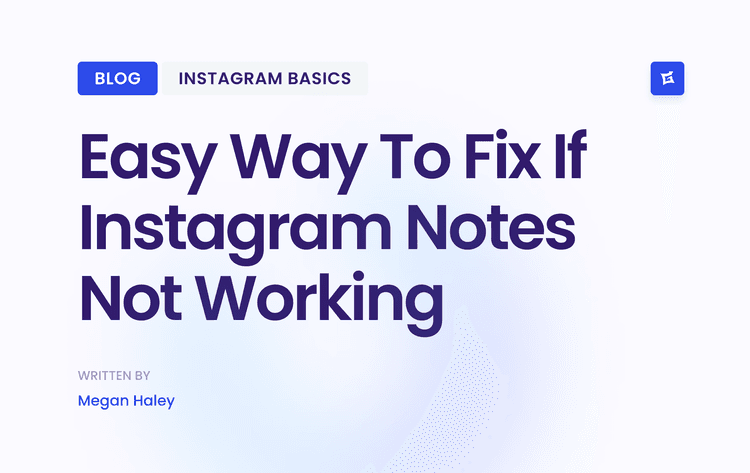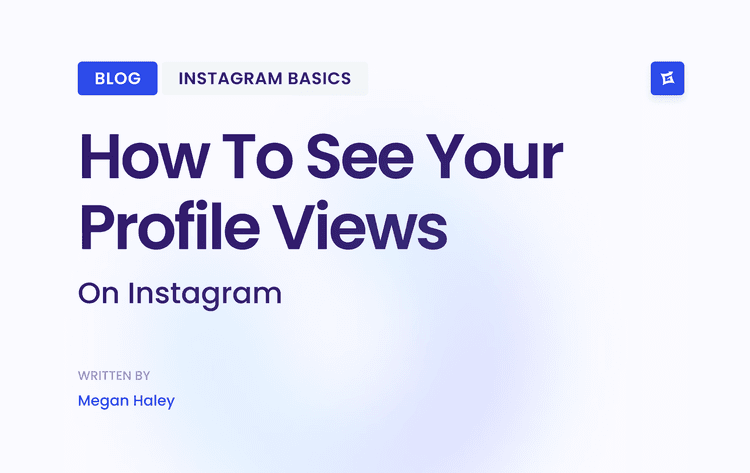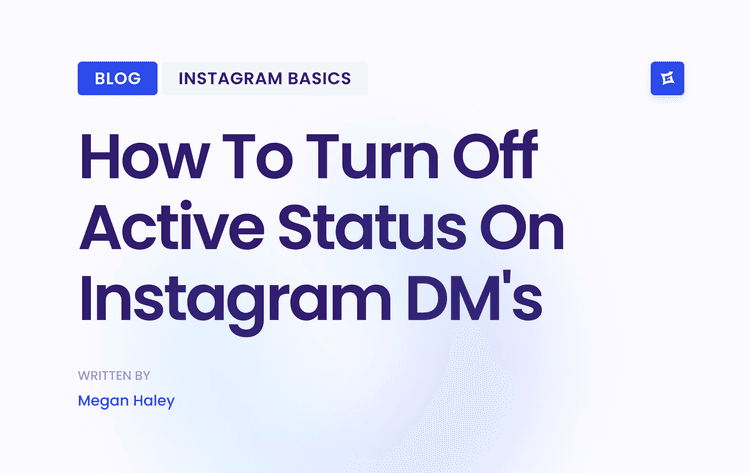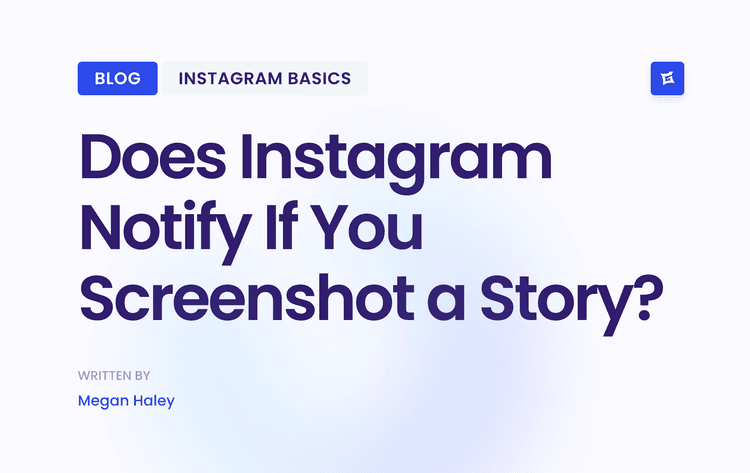Unleash Your Social Media Potential
This 8-step checklist provides a framework for conducting a thorough social media audit. You'll learn to analyze your content strategy, understand your audience demographics and behavior, benchmark against competitors, and evaluate the return on investment of your social media efforts.
Whether you're an influencer seeking organic growth, a small business building a brand, or a seasoned marketer refining your strategy, this audit helps optimize performance, maximize reach, and unlock the full potential of your social media account.
Comprehensive Account Inventory

A Comprehensive Account Inventory is the first step in any successful social media audit. This systematic process involves identifying and documenting every social media account connected to your brand. This includes both official and unofficial profiles. Foundational element allows organizations to fully understand their social media followers, mitigate risks, and maintain consistent brand messaging. Without it, you're essentially working in the dark.
As social media’s importance in business grew and brands expanded their followers across various platforms, the need for a centralized view became critical. Tools like Hootsuite and Sprout Social helped popularize this concept with their audit templates and account monitoring features. Buffer's Social Media Management Framework further reinforced the importance of a comprehensive inventory for social media success.
Key Features of a Comprehensive Account Inventory
Complete Documentation: Record every detail, including URLs, handles, creation dates, bios, and linked websites for each profile.
Ownership and Admin Access Verification: Verify who owns and manages each account. Ensure the right team members have access.
Identification of Unauthorized Accounts: Find imposter accounts, old employee profiles, or outdated brand pages that could harm your reputation.
Credential Management: Store login details and access information securely in one central location.
Cross-Platform Mapping: Visualize the relationships and connections between your accounts on different platforms.
Pros and Cons of an Account Inventory
Understanding the benefits and drawbacks of a Comprehensive Account Inventory is essential for effective planning.
Pros:
Prevents Brand Fragmentation: Ensures consistent branding and messaging across all your social media platforms.
Identifies Security Vulnerabilities: Highlights potential risks tied to outdated accounts or unauthorized access.
Eliminates Redundancy: Consolidates duplicate or unnecessary accounts, streamlining your social media efforts.
Centralized Asset Repository: Creates a single source of truth for all your social media accounts and related information.
Cons:
Time-Consuming: This process can require significant effort, particularly for larger organizations with numerous accounts.
Complex Access Issues: Retrieving lost passwords or sorting out complicated admin access can be challenging.
Uncomfortable Discoveries: Finding unauthorized or damaging accounts can be unpleasant, but it's a necessary reality check.
Real-World Examples and Implementation Tips
Real-world cases demonstrate the value of a thorough audit. Coca-Cola discovered over 300 unofficial regional accounts during its audit, revealing the need for greater control. Microsoft found several abandoned employee-created accounts with outdated branding, posing a risk to their brand image.
Tips for Implementation:
Utilize Social Media Management Tools: Tools like Hootsuite and Sprout Social can help discover connected accounts and simplify the inventory process.
Search for Brand Variations: Look for variations of your brand name, product names, and common misspellings to find unofficial accounts.
Document Everything: Carefully record account URLs, handles, creation dates, and primary administrators.
Secure Credential Storage: Use a secure, centralized system for storing login credentials and access information.
Regular Updates: Schedule regular inventory updates (quarterly or bi-annually) to maintain accuracy and control.
A Comprehensive Account Inventory is essential for anyone managing a brand's social media followers. It provides a foundation for a strong strategy, protects your brand reputation, and helps you use social media effectively. It's the critical first step in understanding and optimizing your social media landscape.
Content Performance Analysis
Content Performance Analysis is the foundation of a successful social media strategy. It's the process of diving deep into your content's performance across various platforms. This helps you understand what truly resonates with your audience and what content isn't working.
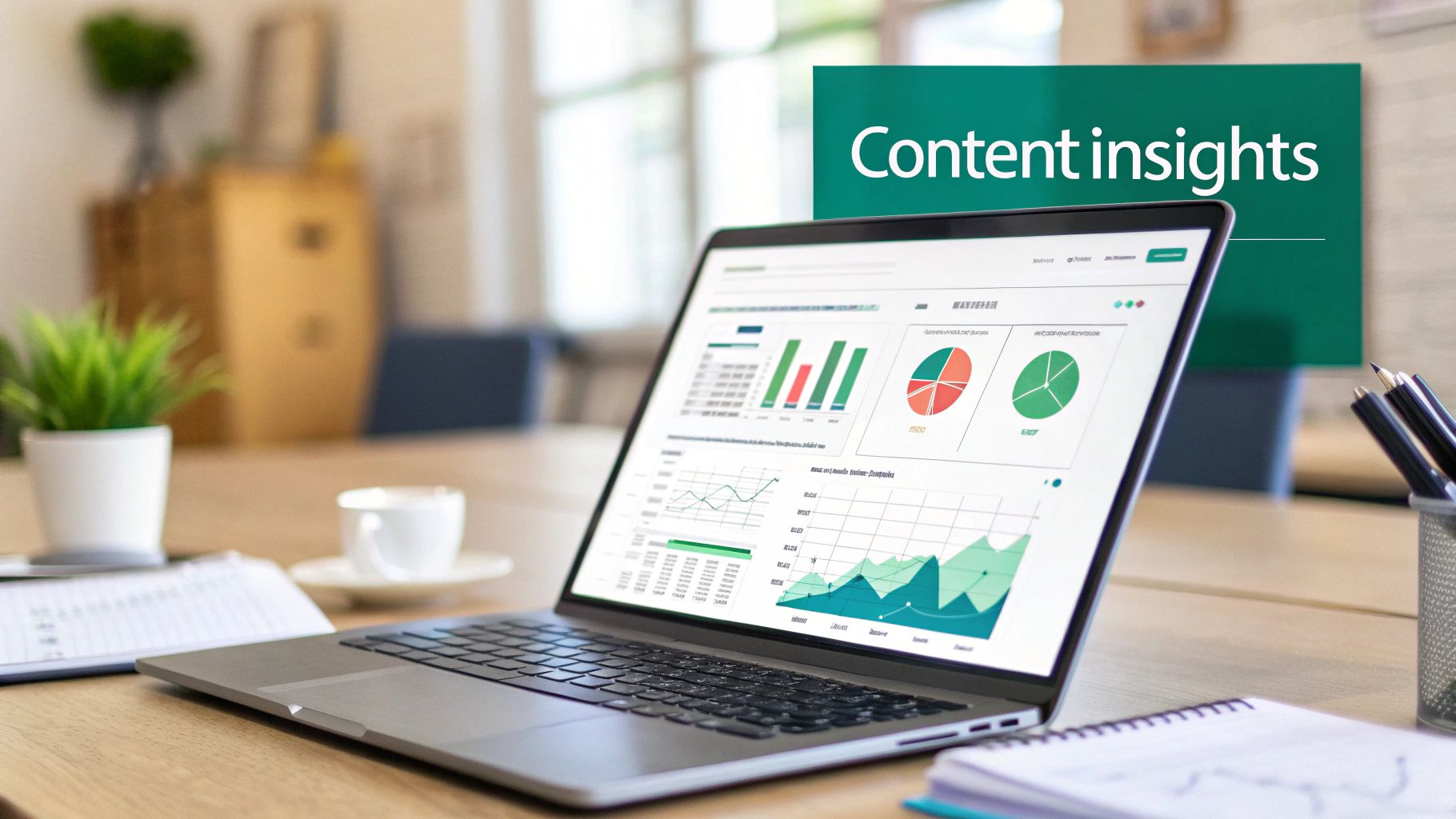
Content Performance Analysis goes beyond superficial metrics like likes and follower counts. It's about understanding the why behind the numbers. By identifying top-performing content, optimal posting times, and key engagement patterns, brands can refine their content strategy to maximize impact and ROI.
What Does Content Performance Analysis Involve?
This analysis involves examining several key factors:
Analytical Review of Engagement Metrics: This means looking at likes, shares, comments, saves, and other platform-specific metrics to quantify audience response.
Identification of High-Performing Themes and Formats: Discovering which content themes, formats (video, images, text), and topics drive the most engagement helps refine content creation efforts.
Examination of Posting Frequency and Timing: Figuring out the best times and how often to post for maximum reach and engagement is vital for online visibility.
Competitive Content Benchmarking: Studying how your competitors' content performs gives you insight into industry best practices and new trends. You can use tools like BuzzSumo or Ahrefs for this purpose.
ROI Calculation for Different Content Categories: Tracking conversions linked to specific content categories helps you measure the actual return on investment for your content efforts.
Pros and Cons of Content Performance Analysis
Like any process, Content Performance Analysis has its advantages and disadvantages.
Pros:
Data-Driven Decision Making: Provides concrete data on which content investments are paying off, enabling data-backed decisions.
Refined Editorial Calendars: Helps create data-informed editorial calendars focused on audience preferences and peak engagement times.
Platform-Specific Optimization: Reveals platform-specific content optimization opportunities, ensuring content is tailored for each channel.
Efficient Resource Allocation: Allows for more efficient use of resources for content creation, concentrating efforts on what's most effective.
Cons:
Overemphasis on Engagement: This can sometimes lead to prioritizing engagement metrics over broader brand objectives and long-term goals.
Need for Sophisticated Tools: This may require specialized analytics tools for in-depth analysis, which could increase costs.
Past Performance Isn't a Guarantee: What worked in the past might not always work in the future, requiring constant monitoring and adjustment.
Real-World Examples and Implementation Tips
Real-world examples demonstrate the power of Content Performance Analysis:
Netflix: Netflix used content performance analysis to discover that behind-the-scenes content and actor interviews consistently outperformed traditional promotional posts. This led them to shift their content strategy.
HubSpot: HubSpot’s analysis showed that their educational infographics generated 3x more leads than standard blog promotions, highlighting the effectiveness of visual content.
Here are some tips for implementing Content Performance Analysis:
Use platform-native analytics (Facebook Insights, Twitter Analytics, Instagram Insights) and third-party tools for a complete picture.
Categorize content by type, theme, format, and campaign to identify recurring patterns and trends.
Look beyond vanity metrics and focus on conversion-focused results like click-throughs, leads generated, and website traffic.
Compare content performance across platforms to find channel-specific audience preferences.
Set benchmarks for various content types to measure improvement and track progress. Consider exploring resources like Caption Ideas to improve your captions.
Evolution and Importance
Content Performance Analysis has evolved alongside social media and content marketing. As brands invested more in content, the need to measure its effectiveness became crucial. Organizations like the Content Marketing Institute and their performance frameworks have popularized content analysis, making it more accessible.
Content Performance Analysis is essential for maximizing your social media impact. By understanding your audience and adapting your strategy, you can boost engagement, reach your target audience more effectively, and achieve your business goals.
Audience Demographics and Insights Assessment
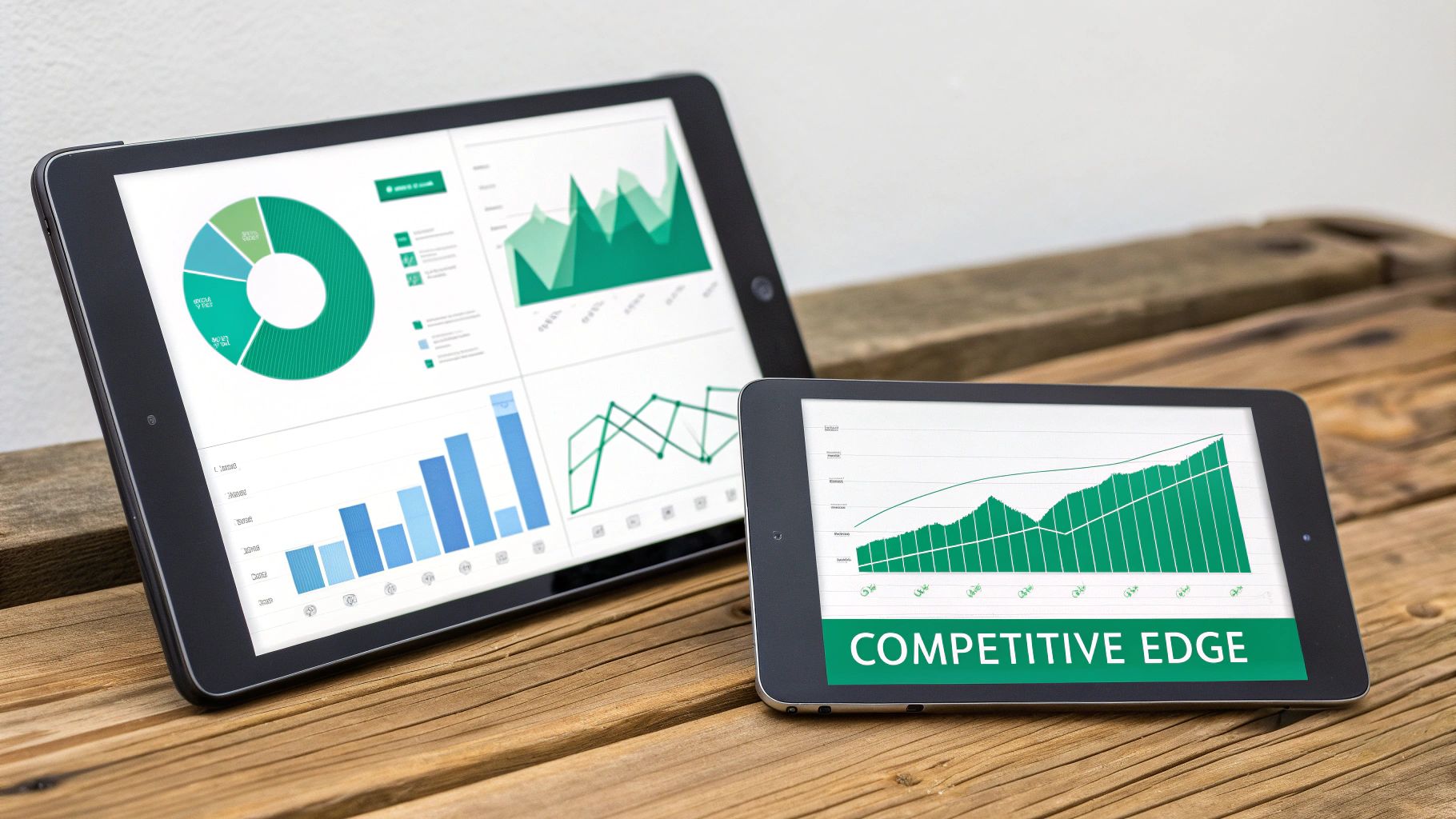
Understanding your audience is fundamental to a successful social media strategy. This is where Audience Demographics and Insights Assessment comes into play. This crucial step involves a deep dive into the characteristics, behaviors, and preferences of your followers on various social platforms.
It’s about going beyond superficial metrics like follower count. It’s about understanding who your followers are and how they interact with your content. This knowledge allows you to tailor your content, optimize posting schedules, and achieve social media objectives.
Key Aspects of Audience Analysis
This process involves analyzing several key aspects:
Demographic Profiling: Understanding your followers' age, gender, location, language, and other demographic data helps you visualize your typical audience member.
Psychographic Analysis: Exploring the interests, values, lifestyles, and attitudes of your audience provides deeper insight into their motivations and what content resonates with them.
Behavioral Pattern Identification: Analyzing when your audience is online, what content they engage with (likes, comments, shares), and how they interact with your brand reveals valuable information about their preferences and online habits.
Audience Segmentation: Grouping your audience based on shared characteristics (interests or engagement patterns) enables more targeted and personalized communication.
Audience Growth and Retention Rate Tracking: Monitoring these metrics over time helps you understand how effective your social media strategy is and identify areas for improvement.
Why is this so important for a social media audit? A misaligned audience means wasted effort. Creating fantastic content is great, but if it isn't reaching the right people, its impact will be limited. Audience analysis helps focus your efforts on attracting and engaging your target market.
The Rise of Audience Insights Tools
The emergence of social media analytics tools like Facebook Audience Insights, Sprout Social's Audience Analysis Framework, and Socialbakers' Audience Profiling Tools has made sophisticated audience data accessible to businesses of all sizes. This shift has led to a move away from generic social media strategies and toward more targeted and personalized approaches.
Real-World Examples
Glossier: By analyzing its audience, Glossier realized many engaged followers were aspiring beauty professionals. This led to the creation of Glossier Pro, a program tailored for this specific segment, which further strengthened brand loyalty.
Peloton: Audience assessment revealed surprisingly strong engagement from older demographics. This prompted Peloton to adjust its content strategy to cater to this broader audience.
Pros and Cons of Audience Analysis
Pros:
Enables highly targeted content creation.
Identifies gaps between actual and desired audience composition.
Improves ad targeting and reduces wasted ad spend.
Supports more personalized community management.
Cons:
Platform-provided demographic data may have limitations.
Full psychographic profiling might require additional market research.
Privacy regulations are increasingly limiting access to demographic data.
Tips for Implementation
Use platform-specific audience insight tools (Facebook Audience Insights, Twitter Analytics, etc.).
Supplement platform data with surveys or polls.
Create detailed audience personas to guide content creation.
Compare audience composition across different platforms.
Track audience evolution quarterly to identify emerging trends.
By thoroughly assessing your audience demographics and insights, you can significantly improve your social media strategy's effectiveness, leading to increased engagement, stronger brand loyalty, and better business outcomes.
Competitive Benchmark Analysis
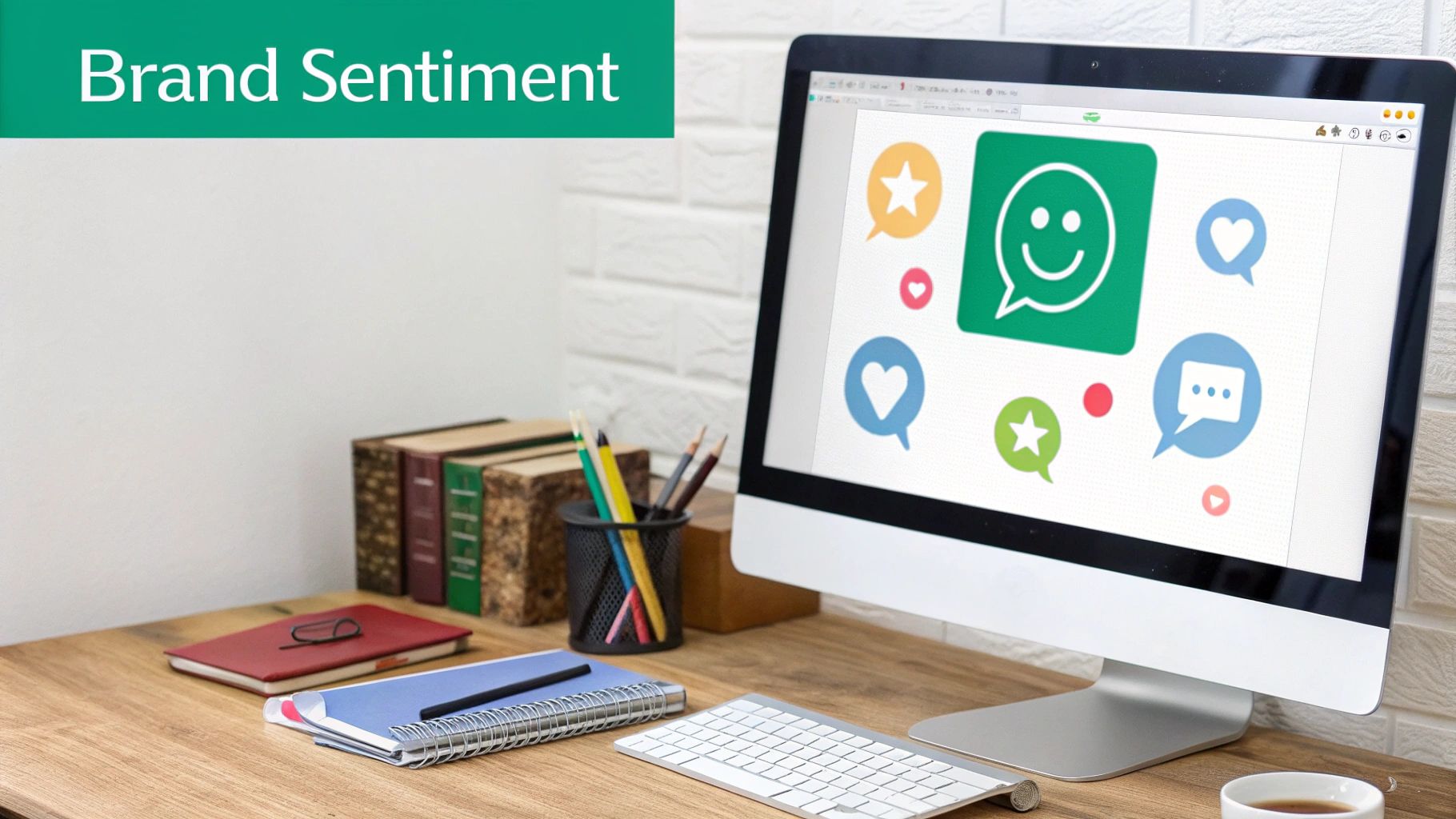
A crucial part of any thorough social media audit is a competitive benchmark analysis. This involves systematically comparing your social media performance with your direct competitors and industry leaders. It provides valuable context beyond simply looking at your internal metrics.
This process helps brands understand their position in the market. It also helps identify their strengths, weaknesses, and opportunities to stand out. Essentially, it's about figuring out where you stand and how you can improve.
A competitive benchmark analysis digs deeper than just comparing follower counts. It involves identifying competitors across different platforms and comparing follower growth and engagement rates. It also includes assessing how effective your content is compared to theirs, evaluating their posting strategies and campaigns, and measuring your share of voice within the industry. Finally, it helps identify untapped opportunities based on what your competitors aren't doing.
Benefits of Competitive Benchmarking
There are numerous advantages to conducting this type of analysis. It provides context for your performance metrics and reveals successful strategies you could adapt. It can also identify competitive threats before they significantly impact your market share, and helps justify social media investments.
For example, Wendy's leveraged competitive analysis of other fast-food social media accounts to develop their distinctive, sassy voice. This helped them stand out from the competition. Similarly, Airbnb's benchmark analysis showed that competitors weren't fully utilizing user-generated content. This created an opportunity that they capitalized on with great success.
Potential Downsides
However, there are potential drawbacks. Blindly copying competitor strategies without understanding why they work can be detrimental. It can also lead to reactive, rather than proactive, strategy development. Furthermore, competitive benchmarking requires consistent monitoring and updating to stay relevant.
You might be interested in: Our guide on RefuelSocial Alternatives for more tools and resources to help with your social media strategy.
Practical Tips for Conducting a Competitive Benchmark Analysis
Here are some practical tips to effectively conduct your competitive benchmark analysis:
Select 3-5 direct competitors and 2-3 aspirational brands for comparison. This provides a balanced perspective of your current position and future goals.
Use competitive intelligence tools like Brandwatch, Sprout Social, or Rival IQ. These tools streamline data collection and analysis, offering valuable insights.
Create standardized metrics for cross-competitor comparison. Focus on metrics like engagement per follower and growth rate to ensure accurate comparisons.
Analyze competitors' most and least successful content monthly. This helps understand what resonates with your target audience and what content gaps you might fill.
Document competitor campaign tactics, special features used, and response strategies. This allows you to learn from their successes and avoid their mistakes.
Frameworks and Resources
The concept of competitive benchmark analysis has been further developed by frameworks and tools like Rival IQ's Competitive Analysis Framework, Brandwatch Competitive Intelligence, and Social Bakers' Competitive Benchmarking. These resources offer structured approaches to analyzing competitor data and gaining actionable insights.
Why This Matters for Your Social Media Audit
This analysis deserves a place in every social media audit checklist because it provides essential external context for your performance. It goes beyond vanity metrics and helps you understand the why behind your results. This enables data-driven decisions and a more strategic approach to social media, which is invaluable for influencers, small businesses, brands, content creators, and marketing professionals. It's essential for anyone seeking to optimize their social media followers and achieve meaningful growth.
Social Media Policy and Governance Review
A strong social media follower needs more than great content and eye-catching visuals. It requires a solid foundation of policies and guidelines that govern how your brand interacts online. This is where a Social Media Policy and Governance Review comes in. This audit examines your internal social media management structure to ensure everyone is on the same page, reduce risk, and maximize efficiency. It's the backbone of a successful and lasting social media strategy.
This review involves a methodical evaluation of several key areas:
Assessment of existing policies and guidelines: Are they current and comprehensive enough to cover new trends and platform updates? Do they address influencer partnerships, user-generated content, and crisis communication?
Evaluation of workflows and protocols: How efficient are your approval processes? Is there a clear crisis management plan? Are roles and responsibilities clearly defined, including who has access to accounts and social media management tools like Hootsuite?
Compliance check: Does your social media activity comply with relevant industry regulations (e.g., GDPR, FTC guidelines) and individual platform policies? This is vital for avoiding legal problems and maintaining a positive brand image.
Security assessment: Are your accounts secure? Are there measures in place to prevent unauthorized access and protect sensitive information?
Why This Matters
A thorough policy and governance review minimizes legal and reputational risks. It creates clear operational frameworks for team efficiency, ensuring a consistent brand voice and messaging across all platforms. It also provides clear escalation pathways during a crisis, allowing for a quick and effective response.
Pros and Cons
Here's a quick look at the pros and cons:
Pros
Minimizes legal and reputational risks
Creates efficient operational frameworks
Ensures consistent brand voice
Cons
It can be overly bureaucratic
Requires regular updates
May reveal internal organizational issues
Real-World Examples
IBM: After implementing an employee advocacy program, IBM’s social media policy review strengthened governance and enabled greater employee participation. This shows how effective policies can empower rather than restrict.
Starbucks: A governance audit streamlined approval processes, reducing content publication time by 60%. This highlights the efficiency gains from optimized workflows.
History and Growth
Social media governance gained traction as social media's influence grew. Organizations realized the need for structured management. Thought leaders like the Altimeter Group with their Social Media Governance Framework, alongside resources like Hootsuite's Social Media Policy Templates and the American Marketing Association's Governance Guidelines, have helped formalize the practice.
Tips for Implementation
Involve key stakeholders: Include representatives from legal, HR, communications, and marketing.
Separate guidelines from policies: Guidelines offer flexibility; policies are mandatory.
Document authority: Specify who has the final say for different content types and scenarios.
Use flowcharts: Visualize workflows and approvals for better understanding.
Test crisis response: Run simulations to identify gaps and improve your approach.
By including a Social Media Policy and Governance Review in your audit, you are building a strong foundation for long-term social media success. This safeguards your brand, optimizes your efforts, and empowers your team to navigate the complexities of social media.
Channel-by-Channel ROI Assessment
Understanding the return on investment (ROI) of each social media platform is a crucial step in any social media audit. A channel-by-channel ROI assessment involves a detailed financial and strategic evaluation of how each platform contributes to your business objectives. This helps determine where to invest your valuable social media resources for maximum impact. It helps you decide which platforms to prioritize and which ones to abandon. This detailed approach is essential for optimizing your social media strategy and ensuring every dollar and hour spent contributes to your goals.
This assessment goes beyond superficial metrics like follower count or likes. It delves into platform-specific cost analysis, including staff time, content creation expenses, and paid media spending. It uses attribution modeling to track conversions across different platforms, showing which channels drive sales or leads. It also assesses the value of your audience on each platform. Are they engaging, converting, and becoming loyal customers? Calculating the customer acquisition cost (CAC) by channel provides a clear picture of each platform's financial efficiency. All this data helps evaluate the strategic alignment of each platform with your overall business goals.
Benefits of Channel-by-Channel ROI Assessment
The benefits of this analysis are significant:
Data-Driven Resource Allocation: Invest more in high-performing channels.
Identify Underperforming Channels: Reallocate resources from platforms that aren't delivering.
Financial Justification: Demonstrate the tangible value of your social media investments.
Clarify Platform Effectiveness: Identify which platforms drive specific objectives like brand awareness, lead generation, or sales.
Challenges of Channel-by-Channel ROI Assessment
While highly beneficial, this approach has challenges:
Attribution Complexity: Precise ROI calculation can be difficult.
Undervaluing Top-of-Funnel Platforms: Platforms contributing to early-stage awareness might be undervalued despite their importance.
Tracking Infrastructure: Accurate data collection and analysis requires robust tracking systems.
Real-World Examples
Real-world examples illustrate the power of this assessment. Adobe found that their LinkedIn presence delivered three times the B2B lead value of other platforms, leading them to invest more in LinkedIn marketing. Sephora discovered that Instagram generated a higher purchase value than other channels, influencing their decision to prioritize visual content and influencer marketing on the platform. You might also be interested in our guide on scaling your business.
Tips for Effective Channel-by-Channel ROI Assessment
Here are some tips for conducting an effective assessment:
Consistent UTM Parameters: Accurately track traffic and conversions.
Multi-Touch Attribution Models: Consider all touchpoints in the customer journey.
Hard and Soft ROI Calculation: Measure both direct revenue and the value of brand equity and community building.
KPI-Specific Platform Comparisons: Focus on the KPIs most relevant to your business.
Customer Lifetime Value Consideration: Assess the long-term value of acquired customers.
The increasing popularity of this analytical approach stems from frameworks like HubSpot's ROI Calculation Framework, Google Analytics Attribution Models, and the work of digital marketing analytics experts like Avinash Kaushik. These resources provide marketers with the tools and knowledge to conduct more sophisticated ROI analyses.
By diligently assessing the ROI of each social media channel, you can make data-driven decisions that optimize your strategy and maximize your return. This meticulous approach differentiates successful social media marketing from simply posting content and hoping for the best.
Social Listening and Sentiment Analysis
Social listening and sentiment analysis are crucial for understanding the online conversation around your brand. It's more than just tracking mentions on your profiles; it's about delving into the wider web for valuable insights. This proactive approach helps gauge public perception, identify trends, and address potential issues before they escalate, making it a critical part of any social media audit.
Social listening involves monitoring digital conversations to understand what customers say about your brand and industry online. This includes tracking brand mentions, relevant keywords, competitor activity, and industry trends across various platforms like Twitter, Facebook, forums, blogs, and news sites. Sentiment analysis adds another layer by categorizing mentions as positive, negative, or neutral, giving you a snapshot of public opinion.
Features of Effective Social Listening and Sentiment Analysis
Effective social listening and sentiment analysis tools offer a range of benefits:
Tracking beyond owned channels: Monitors conversations happening across the web.
Sentiment classification: Analyzes the emotional tone of conversations.
Topic and theme identification: Uncovers key subjects and discussions.
Influencer and advocate mapping: Identifies key individuals driving conversations.
Early detection of potential issues: Provides a heads-up about emerging crises or negative sentiment.
Pros of Social Listening and Sentiment Analysis
Implementing these strategies offers several key advantages:
Broader Context: Offers a complete understanding of brand perception.
Early Warning System: Provides early detection of potential reputation issues.
Customer Insight: Identifies unmet customer needs and preferences.
Content Strategy Enhancement: Reveals authentic audience language and priorities.
Cons of Social Listening and Sentiment Analysis
While powerful, these tools also have limitations:
Nuance and Sarcasm: Sentiment analysis tools may misinterpret nuanced language.
Investment in Tools: Comprehensive listening often requires investing in software.
Data Overload: Can generate large amounts of data requiring effective analysis.
Real-World Examples
Here are a couple of examples of businesses using these tools effectively:
Airbnb: During the pandemic, Airbnb used sentiment analysis to identify traveler anxiety around cleanliness, leading to enhanced cleaning protocol messaging.
Spotify: Social listening revealed positive feedback on curated playlists, prompting Spotify to expand its playlist offerings.
Practical Tips for Implementation
Here are some practical tips to get started:
Monitor Beyond Brand Names: Track product names, campaign hashtags, and misspellings.
Boolean Search Queries: Use boolean operators (AND, OR, NOT) to refine searches.
Sentiment Benchmarks: Establish baseline sentiment scores and track changes.
Categorization: Group mentions by theme, issue, or product to identify patterns.
Human Review: Combine automated analysis with manual review for accuracy.
Popular Tools for Social Listening and Sentiment Analysis
Several tools make social listening and sentiment analysis more accessible:
Brandwatch: Brandwatch Social Listening Platform
Talkwalker: Talkwalker Sentiment Analysis Tools
Mention: Mention Monitoring Framework
By incorporating social listening and sentiment analysis into your social media audit, you gain valuable insights into your audience, brand perception, and the competitive landscape. This data-driven approach enables you to refine your strategy and achieve greater success.
Technical Integration and Infrastructure Assessment
A strong social media presence requires more than just engaging content. It needs a robust technical backbone. This is where Technical Integration and Infrastructure Assessment play a vital role. This essential audit examines how your social media tools, platforms, and data streams connect, ensuring your technology works for you, not against you. It's all about optimizing your social media tech stack for efficiency, data accuracy, and ultimately, better results.
This assessment delves into the systems powering your social media activities. It includes:
Audit of social media management platforms and tools: This step identifies potential redundancies and opportunities for streamlining. Are you using the right tools? Are there overlapping functions wasting resources?
Assessment of data integration between social tools and other marketing systems: Your social media data shouldn't be isolated. This ensures seamless data flow between your social tools and your CRM, email marketing platforms, analytics dashboards, and other essential marketing systems.
Evaluation of tracking implementation (pixels, tags, UTM parameters): Accurate tracking is fundamental to data-driven decisions. This audit verifies the proper set up of tracking mechanisms, ensuring you capture valuable performance and attribution data.
Review of automation workflows and bot implementations: Automation can significantly improve your social media efficiency. This assessment evaluates how effective and efficient your automated workflows and chatbots are.
Security and access control assessment for social tools: Protecting your social media accounts is critical. This step identifies potential vulnerabilities and ensures appropriate access controls are in place.
Why is a Technical Integration and Infrastructure Assessment Important?
A well-integrated tech stack offers concrete benefits:
Identifies inefficiencies or redundancies in the social technology stack: Streamlining your tools saves money and reduces complexity.
Ensures data consistency across marketing systems: Consistent data leads to better insights and more informed decisions.
Improves attribution accuracy and reporting capabilities: Understand the true impact of your social media efforts on business objectives.
Addresses security vulnerabilities in social tool implementation: Protect your brand and sensitive data.
Potential Drawbacks to Consider
While the benefits are numerous, be mindful of potential drawbacks:
Often requires specialized technical knowledge to conduct thoroughly: You might need external help for a comprehensive audit.
Can uncover costly system limitations requiring significant investment: Fixing identified issues might require a budget for new tools or upgrades.
May temporarily disrupt workflows during implementation of changes: Be prepared for adjustments during the implementation phase.
Real-World Examples
Real-world examples showcase the value of this assessment:
Unilever's audit uncovered data silos between their social listening and CRM systems. Integrating these systems improved customer service response times and personalized interactions.
Salesforce, a leading CRM provider, conducted an internal assessment, revealing opportunities to showcase integration capabilities to potential clients.
Tips for Implementation
Create visual maps of data flows between social platforms and other marketing systems: Visualizing data flow simplifies identifying bottlenecks and improvement areas.
Document all social technology licenses, costs, and utilization rates: This provides a clear picture of your technology investments.
Test data accuracy across systems by following sample conversions end-to-end: Verify data integrity and find potential discrepancies.
Evaluate tool adoption rates among team members to identify training needs: Ensure your team uses available tools effectively.
Compare current capabilities against future needs to plan technology roadmap: Anticipate future needs and strategically plan technology investments.
Frameworks like Gartner's Marketing Technology Frameworks, Martech Adviser's Integration Models, and ChiefMarTec's Technology Stack Methodology highlight the importance of a cohesive and integrated technology ecosystem for marketing success. This assessment is a vital part of any social media audit. It addresses the critical foundation that supports all other social media activities. A technically sound infrastructure is essential for efficient operations, accurate data analysis, and achieving social media goals, whether you are an influencer, business, brand, content creator, or agency.
Step Social Media Audit Comparison
Comprehensive Account Inventory has a medium to high implementation complexity, requiring systematic account mapping. It demands moderate to high resources due to its time-intensive nature and tool support. The expected outcome is a centralized repository with reduced security risks, making it ideal for brands managing multiple official and unofficial social profiles.
Content Performance Analysis involves medium complexity as it requires analyzing multiple engagement metrics. It needs moderate resources, particularly analytics tools, to derive data-driven insights for optimizing content strategy. This strategy is suitable for brands aiming to refine their content mix and scheduling.
Audience Demographics and Insights Assessment has medium complexity due to the need for data segmentation and profiling. It requires moderate resources, including analytics and surveys, to gain a detailed audience understanding of targeted messaging. Brands looking for precise audience targeting can benefit from this approach.
Competitive Benchmark Analysis is highly complex as it involves cross-brand comparisons. It demands moderate to high resources, relying on competitive intelligence tools to provide contextual performance insights and differentiation strategies. This is best suited for brands in competitive markets needing strong positioning.
Social Media Policy and Governance Review has medium complexity, requiring internal review and stakeholder alignment. It demands low to moderate resources, being more collaborative and less tool-dependent. The expected outcome is streamlined operations, clear guidelines, and risk minimization, making it useful for organizations needing robust social governance frameworks.
Channel-by-channel ROI Assessment is highly complex due to the need for advanced financial and attribution analyses. It requires high resource investment in sophisticated tracking and integration to enable data-driven channel prioritization and reallocation. This strategy is ideal for brands focused on maximizing social media investment returns.
Social Listening and Sentiment Analysis involves medium complexity as it combines data aggregation with qualitative review. It requires moderate resources, particularly specialized monitoring tools, to provide real-time reputation management and audience sentiment insights. This approach benefits brands by monitoring reputation and consumer trends.
Technical Integration and Infrastructure Assessment is highly complex due to its in-depth technical evaluation and integration needs. It requires high resource investment, including technical expertise and system reviews, to optimize data flow, secure the tool stack, and improve reporting accuracy. Organizations with complex marketing technology ecosystems can gain the most value from this approach.
Scale-Up Your Social Media Game
A comprehensive social media audit is key to understanding your online performance. This involves checking your account inventory, analyzing content performance, diving into audience insights, performing a competitive analysis, reviewing your social media policies, assessing your return on investment (ROI), using social listening, and evaluating technical integration. This knowledge helps you pinpoint areas for improvement and create a data-driven strategy to reach your social media objectives.
Understanding your audience demographics and engagement patterns is essential. So is benchmarking against competitors and evaluating the effectiveness of your current social media policies. Each of these steps plays a vital role in optimizing your online brand. Regularly auditing your social media, using the insights gathered from the checklist items, will ensure you stay ahead of the curve and maximize your impact.
Consistent Analysis and Adaptation
Don't just audit once and forget it. Schedule regular audits, perhaps quarterly or bi-annually, to track progress, identify emerging trends, and adjust your strategies. Social media is constantly changing. Staying informed about algorithm updates, new platform features, and shifting audience preferences is crucial for a successful online presence.
Learning and adapting should be continuous processes. Embrace experimentation, analyze the results, and refine your approach based on what works best for your specific audience and goals. Social media is dynamic, requiring ongoing adjustments for continued success.
Future Trends
Looking ahead, trends like short-form video content, influencer marketing collaborations, and the metaverse are shaping the future of social media. Staying informed about these developments and incorporating them into your strategy is essential for sustained growth and relevance. A successful social media follower isn't just about vanity metrics; it’s about building a real community, fostering meaningful connections, and achieving measurable results. Staying on top of emerging trends will help you achieve these goals.
Key Takeaways:
Regular social media audits are essential for sustained growth.
Data-driven decisions are key to optimizing your social media strategy.
Continuous learning and adaptation are crucial in the ever-changing world of social media.
Staying ahead of emerging trends will keep your social media presence relevant and impactful.
Ready to improve your Instagram followers organically? Gainsty, the AI-powered social assistant, helps individuals and businesses grow their followers and engagement on Instagram without using bots or fake followers. From influencers to real estate professionals, Gainsty uses advanced AI and expert insights to create growth strategies for specific industries and niches. With a quick setup, 24/7 support, and advanced targeting options, you can see significant growth in your followers and engagement quickly. Get started with Gainsty today and experience the power of organic Instagram growth!
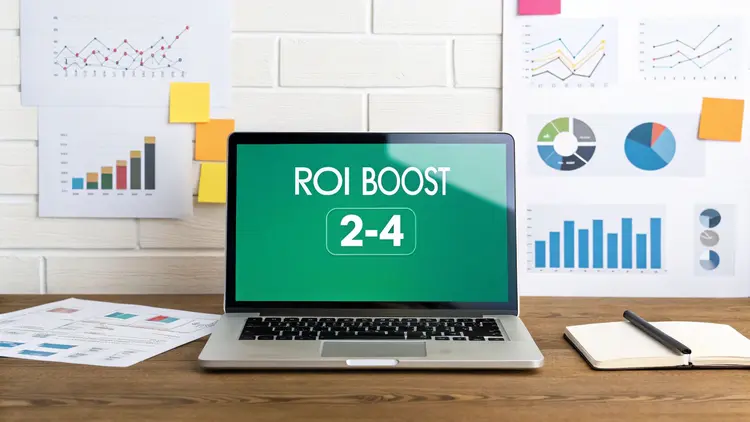
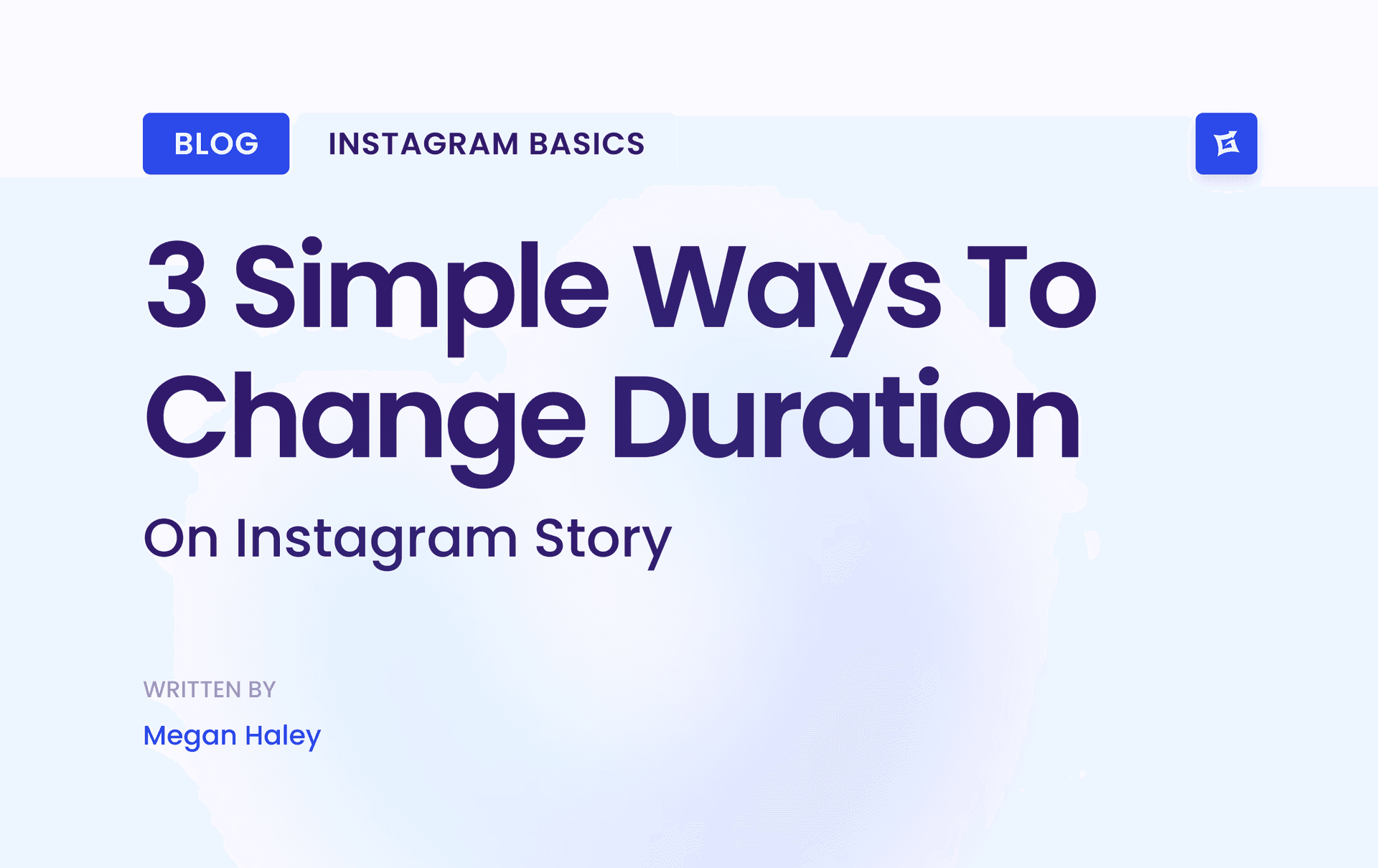
.png&w=1920&q=75&dpl=dpl_9XSWKBjhcBN6v6b1SN7m3p1WWjfr)
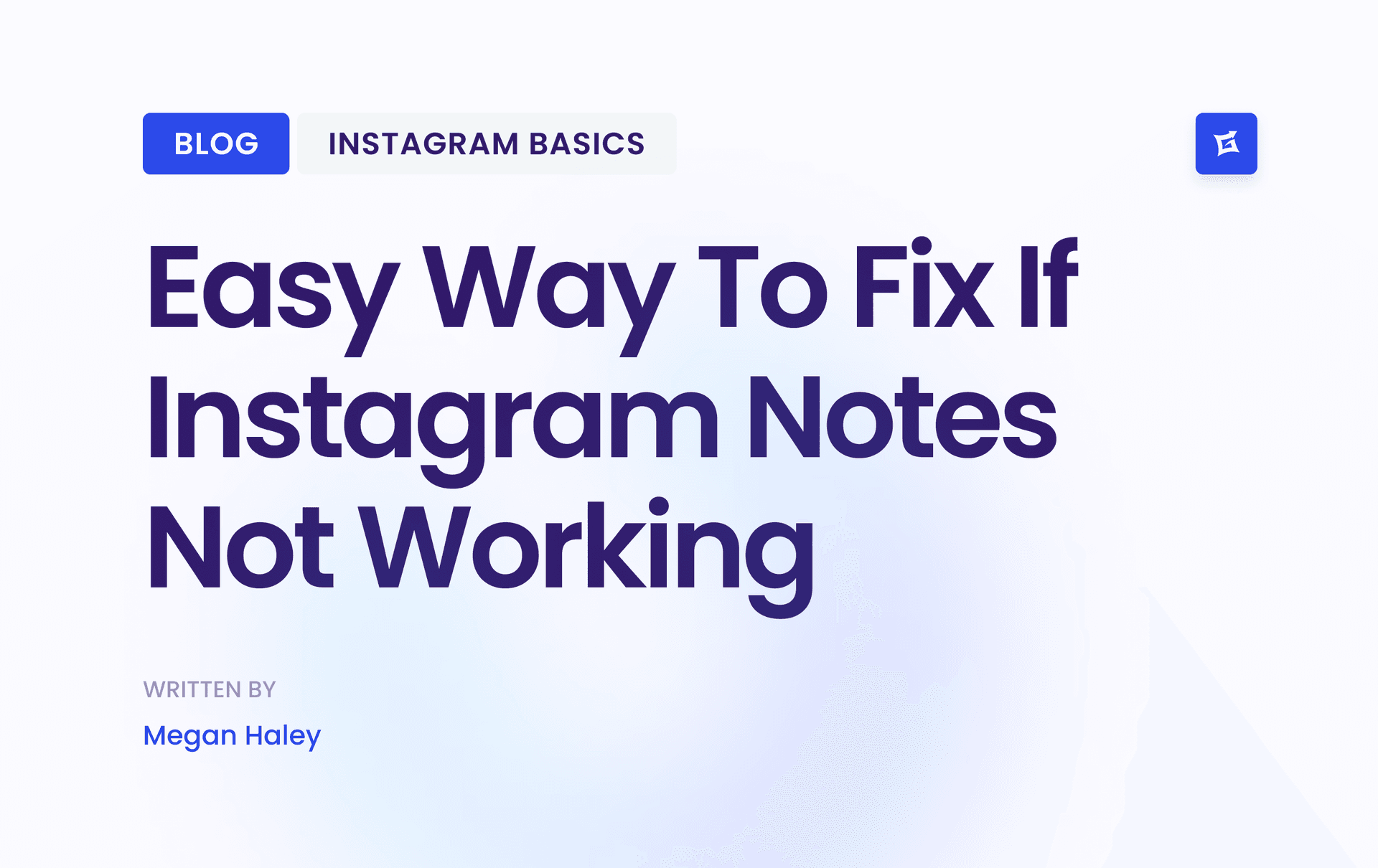
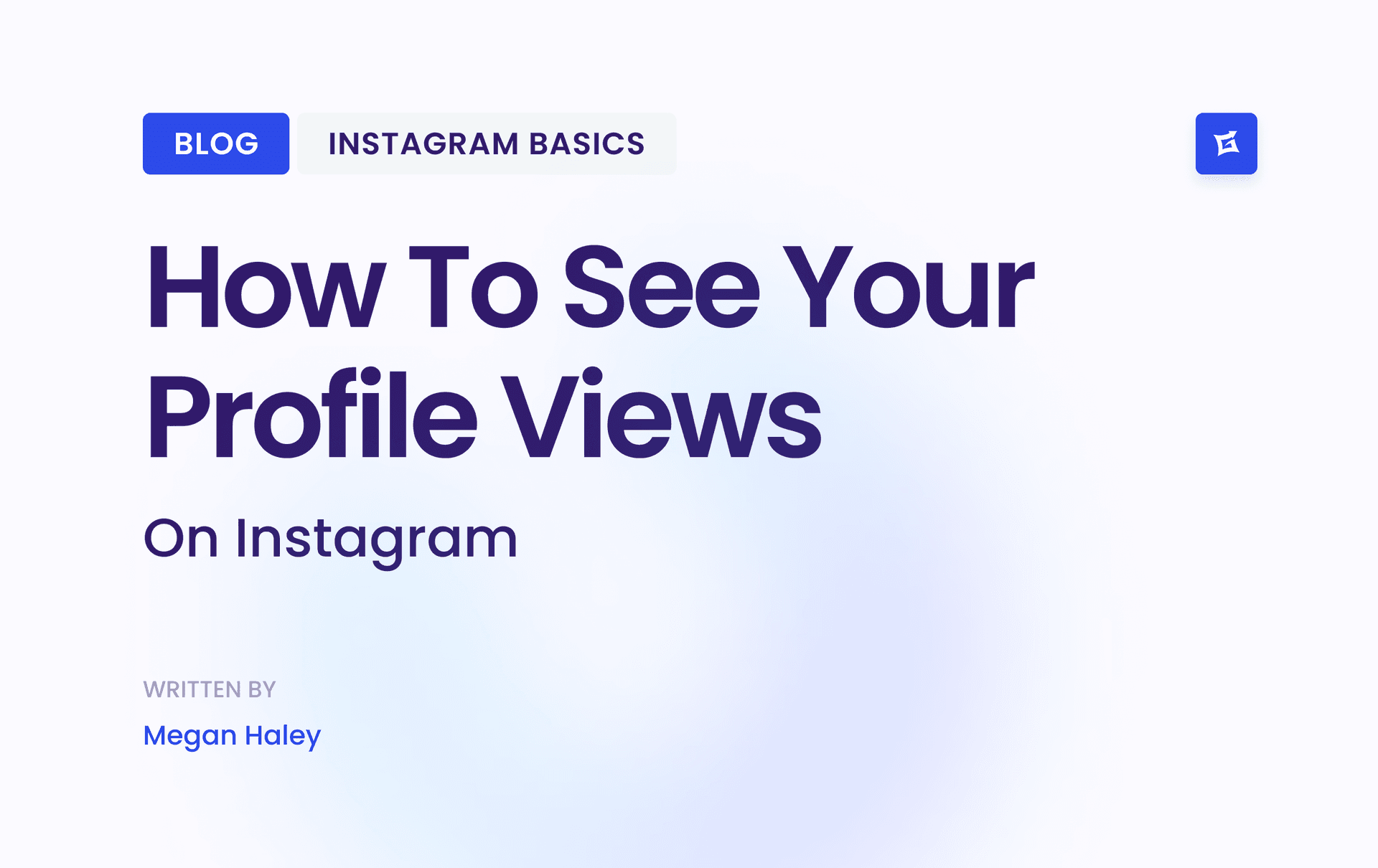
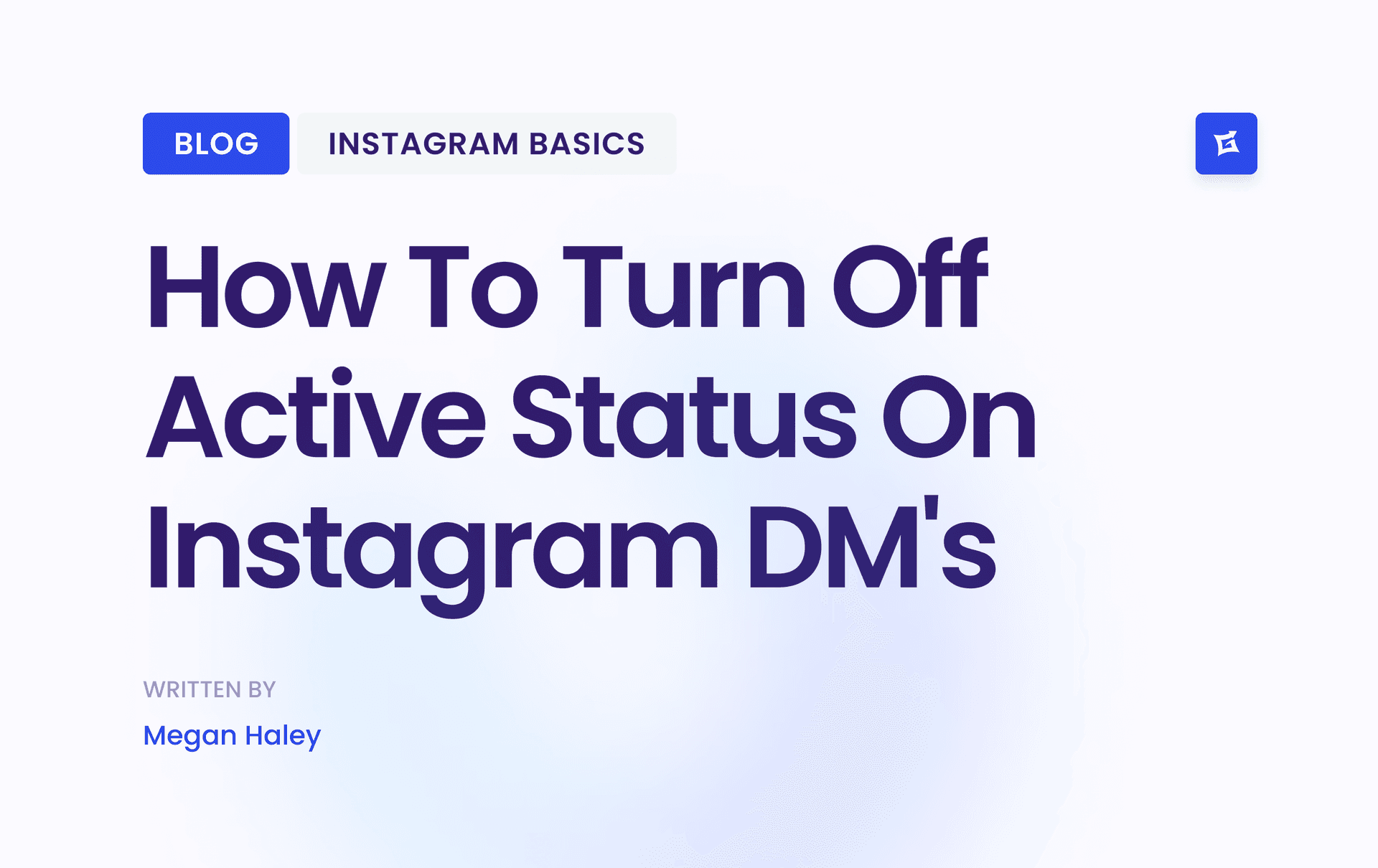




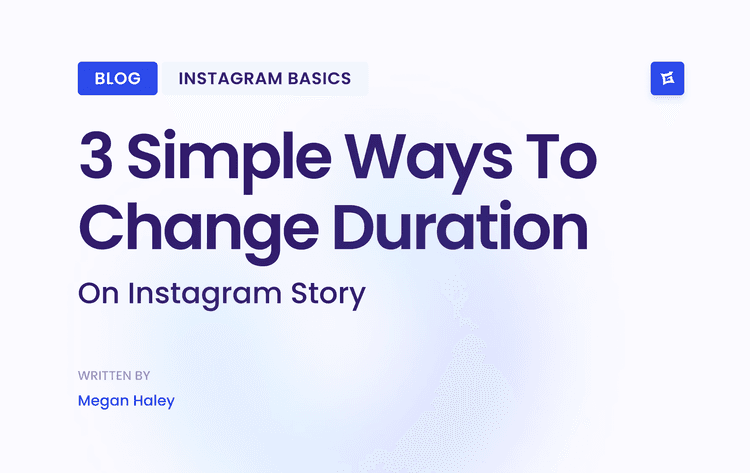
.png&w=750&q=75&dpl=dpl_9XSWKBjhcBN6v6b1SN7m3p1WWjfr)
